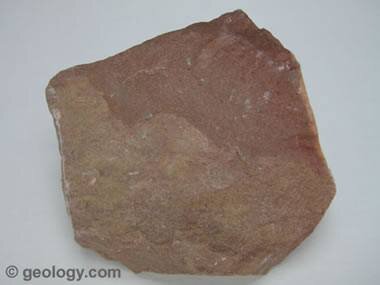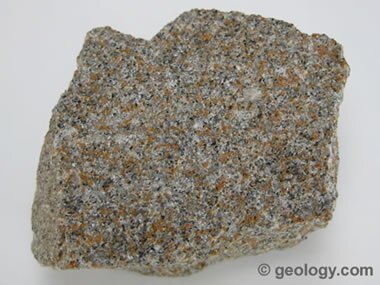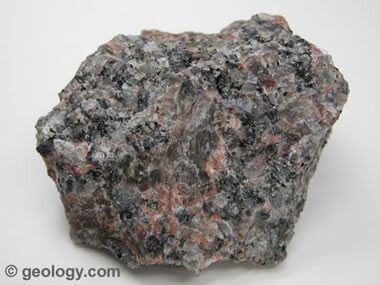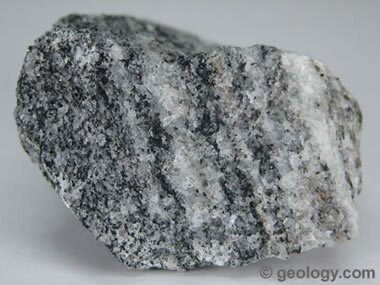Types of Rocks
/We see them everyday though we often don’t pay too much attention to them until one gets stuck in your shoe. However, rocks can hold information on an area’s past, they contain minerals important for life and they form beautiful landscapes around us.
All rocks are made up of minerals. Minerals are made of a single substance and are formed in orderly and predictable patterns. For example, the mineral quartz is made up of Silicon and Oxygen (SiO₂) and forms a specific crystal structure. Rocks are combinations of minerals that are stuck or fused together by a process that involved intense heat and/or pressure. Geologists, scientists who study rocks, separate rocks into three categories based on how the rock was formed: Sedimentary, Igneous, and Metamorphic.
Sedimentary
Sedimentary rocks are formed from the layering of smaller particles such as sand, silt, clay etc. As these particles build up, the weight of them pushes down on the layers below. This pressure forms the rock. For example, when sand is compressed it forms Sandstone and silt forms Siltstone. Animal and plant remains can be trapped in the layers as well, creating fossils. You can only find fossils in sedimentary rocks because it is the only one that is formed without intense heat. Also, a type of sedimentary rock called limestone is formed from the calcium shells of past seashells and plankton.
Igneous
Igneous rocks are formed when magma or lava cools. Rocks formed from magma underneath the surface of the Earth are Intrusive Igneous while ones that forms from lava on the surface of the Earth are called Extrusive Igneous. Magma cools very slowly underground. This causes the Intrusive Igneous rocks to have large mineral crystals in it. An example of this is Granite where you can see the clear-ish quartz, the shiny black mica, and the white to pink feldspar. Lava cools much quicker on Earth’s surface either because of the air or water. Examples of Extrusive Igneous are the light Pumice, black Basalt, and the shiny Obsidian. How quickly the lava cools as well as the chemical make up of the lava play a huge role in what type of rock it becomes.
Metamorphic
Metamorphic rocks form under large amounts of heat and pressure and/or chemical processes. They form from Sedimentary or Igneous rocks that go through changes in structure and composition because of these things. This transformation mostly happens deep underground where the shifting of the Earth or the heat from magma causes the changes to happen. Some metamorphic rocks have a layered appearance (lines of mineral through them), such as Gneiss (pronounced like “nice”). This forms because the minerals melt and re-crystallize. An example of a metamorphic rock that does not appear layered is Marble. It is formed when limestone undergoes extreme heat and pressure.
All photos are from Geology.com. It is also a great resource if you want to learn more and see more examples of these rocks!
In summary, Sedimentary rocks form through layering of material. Igneous forms from the cooling of magma and lava. Finally, Metamorphic rocks are formed when another rock is put through heat and pressure that changes it’s structure.












